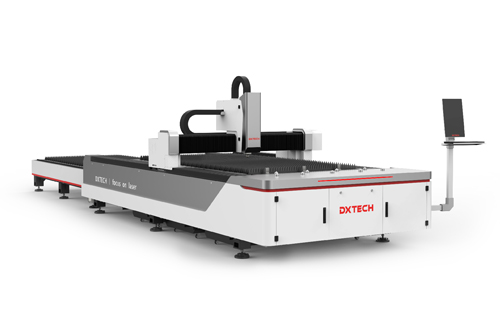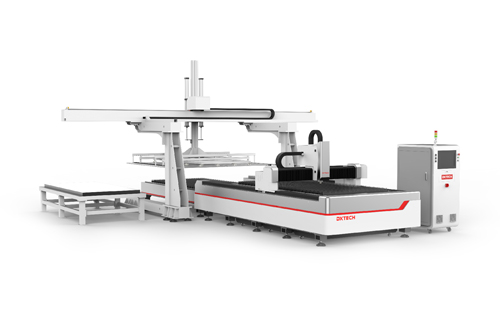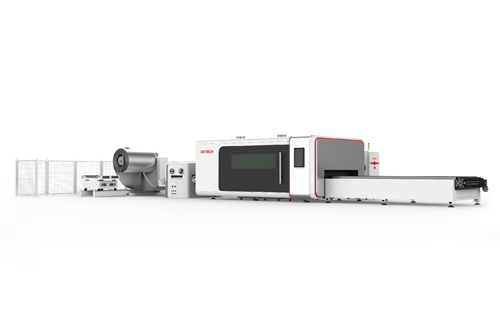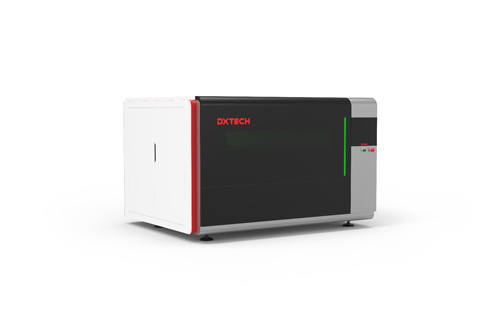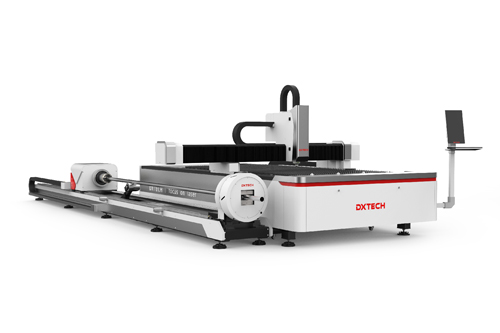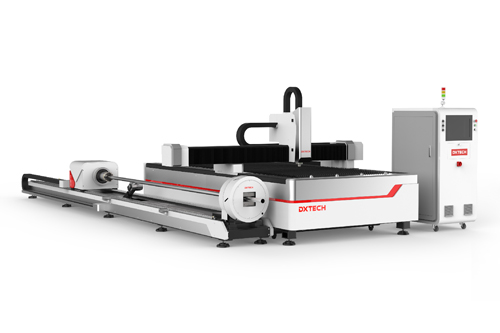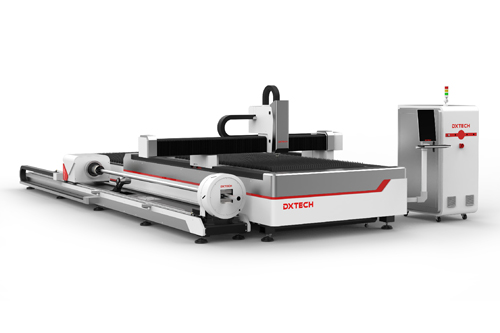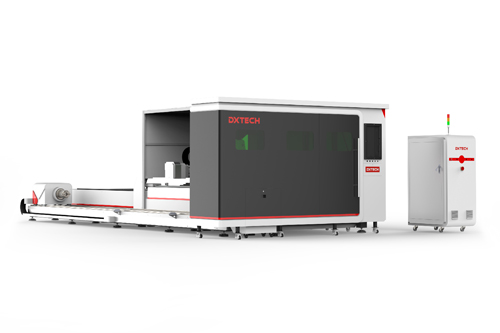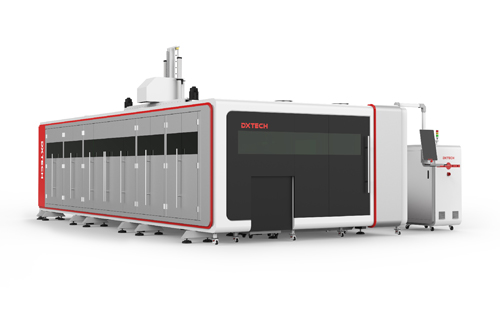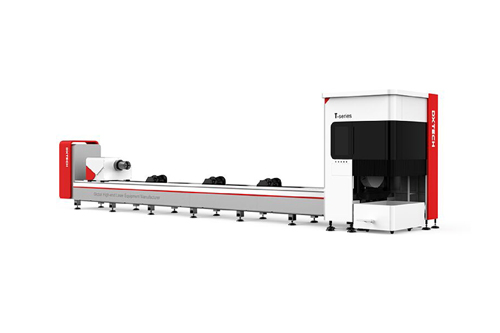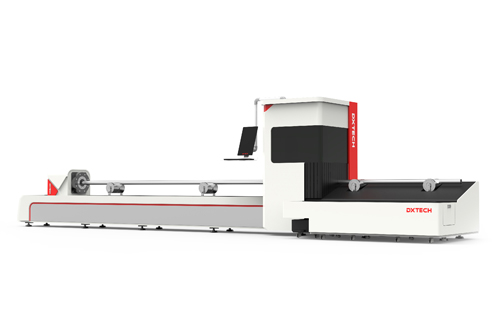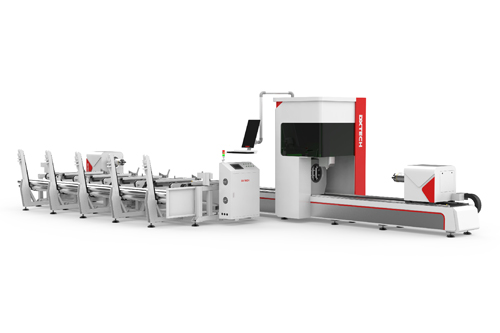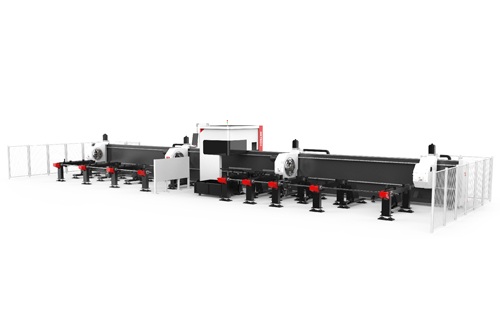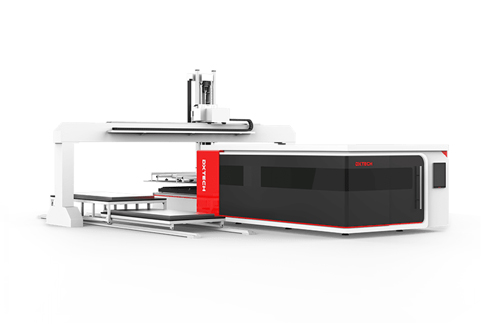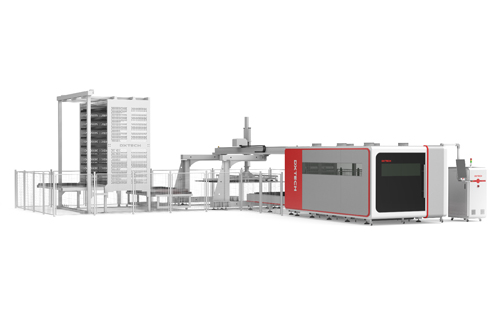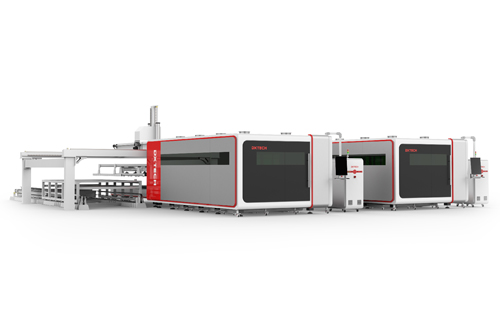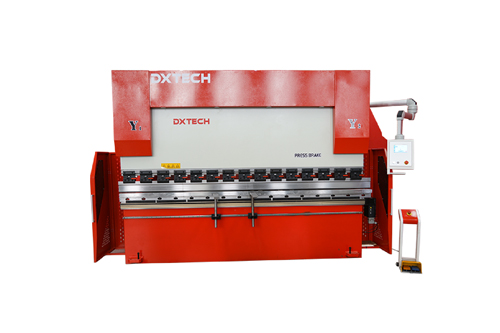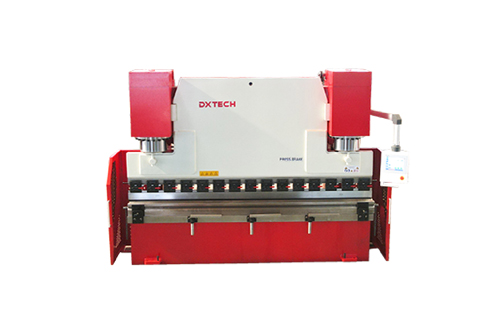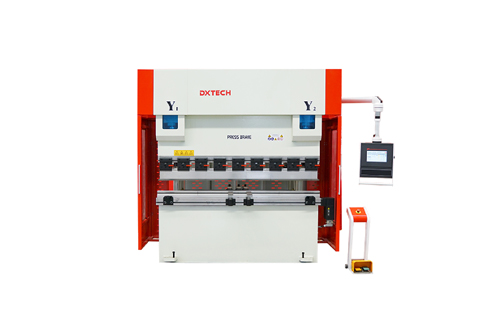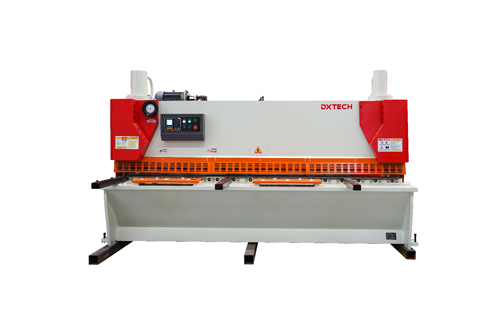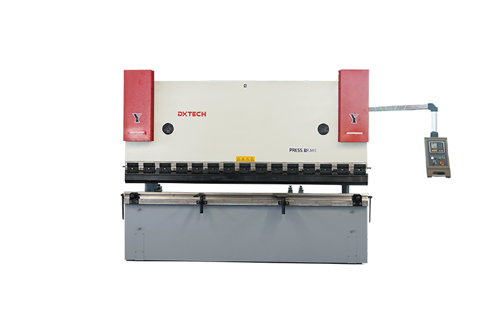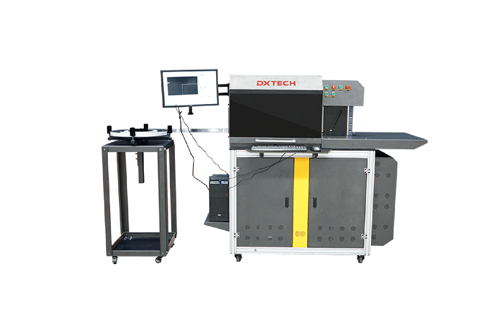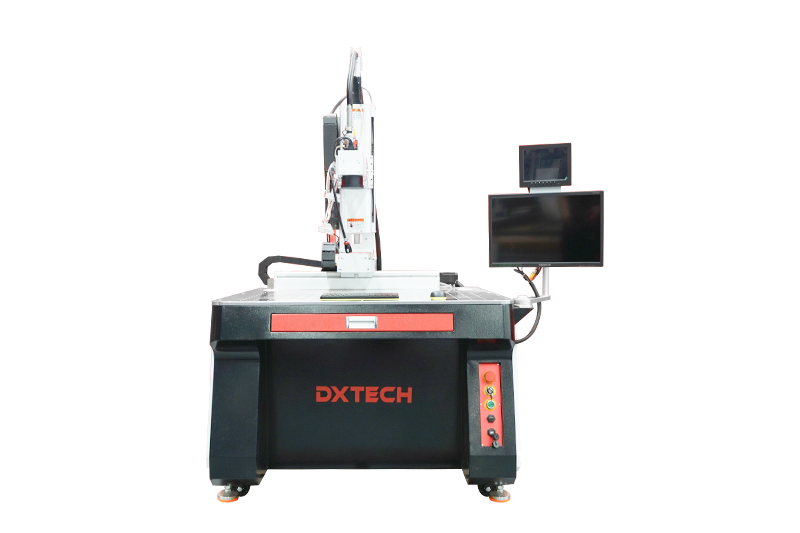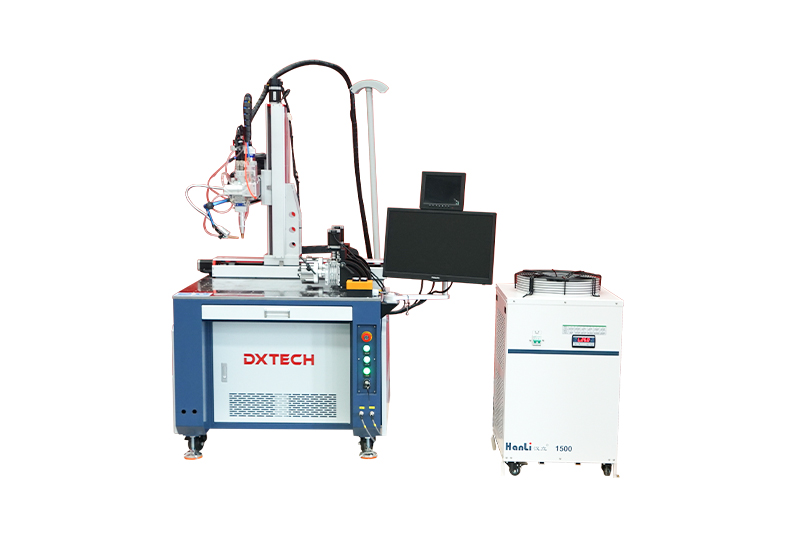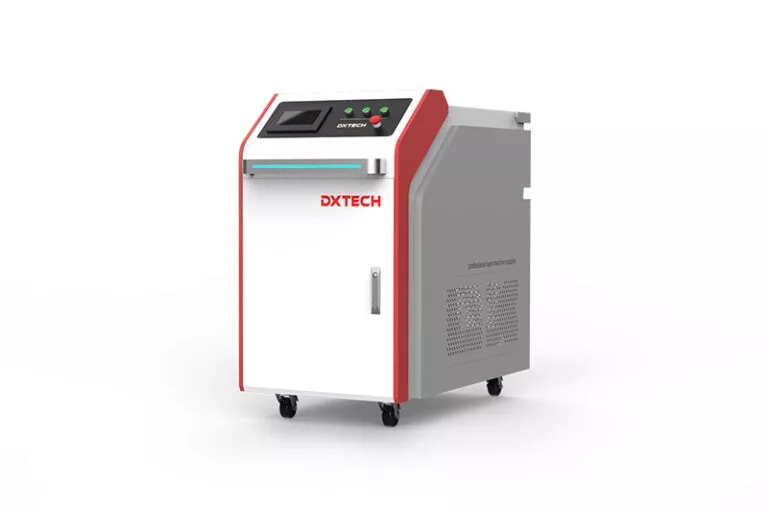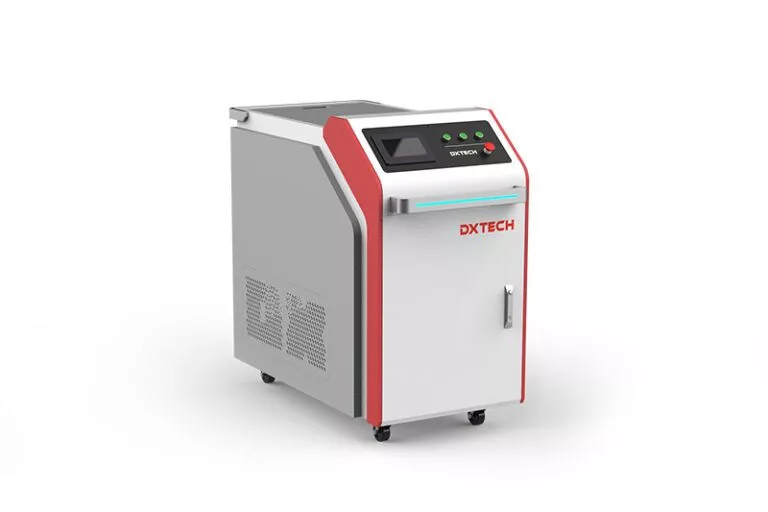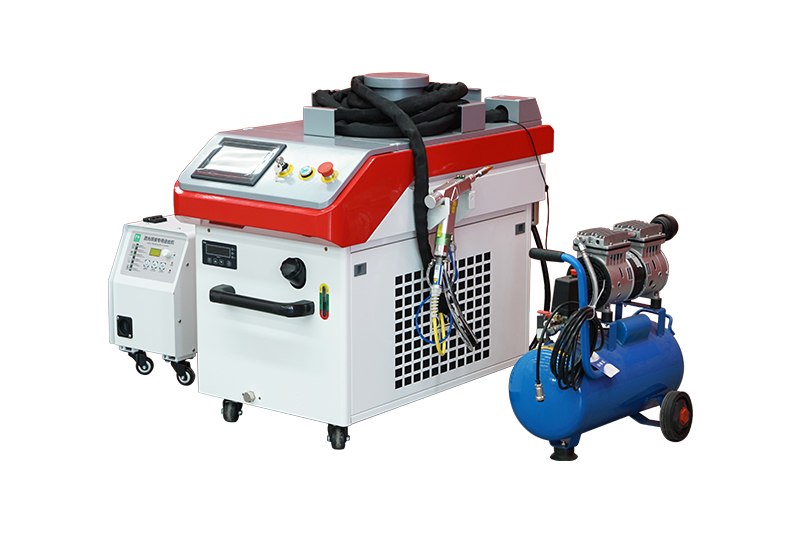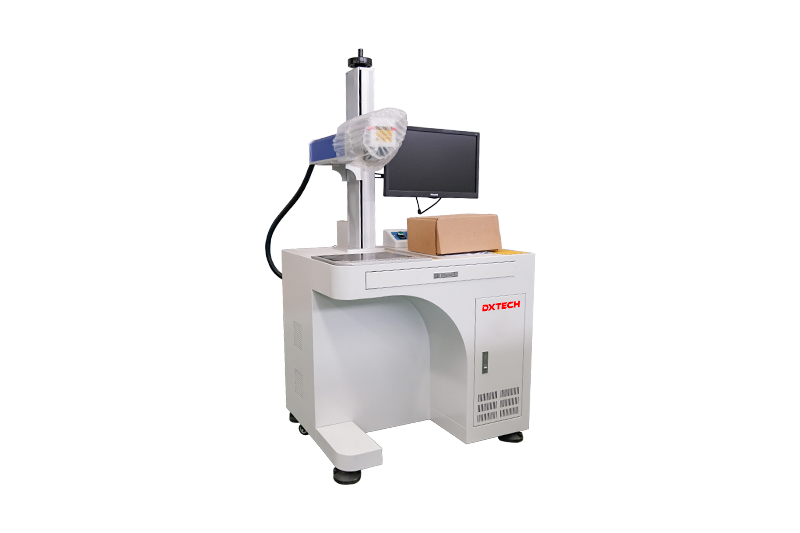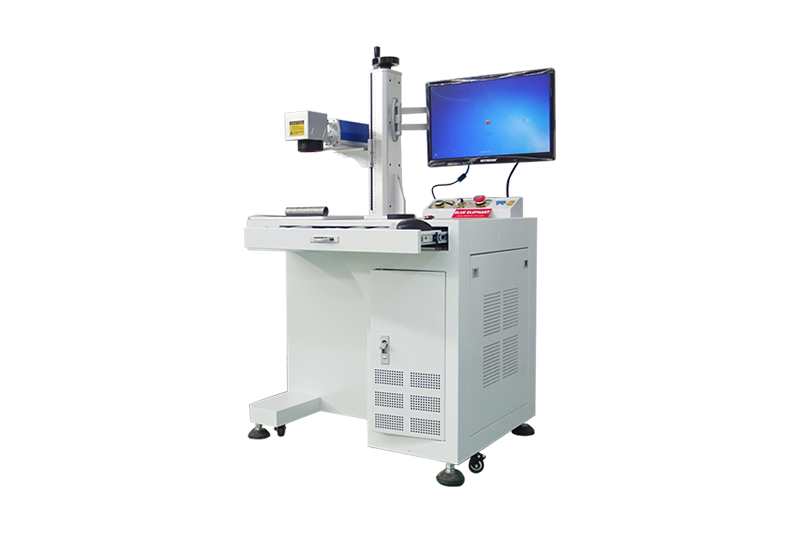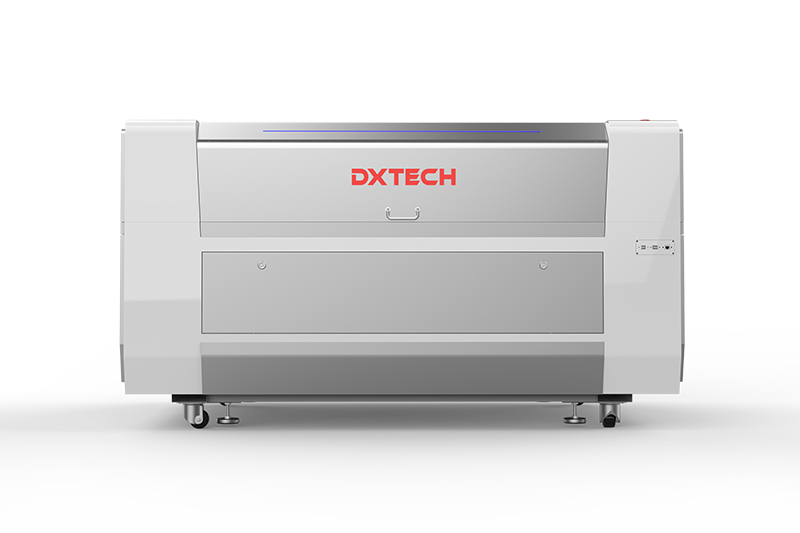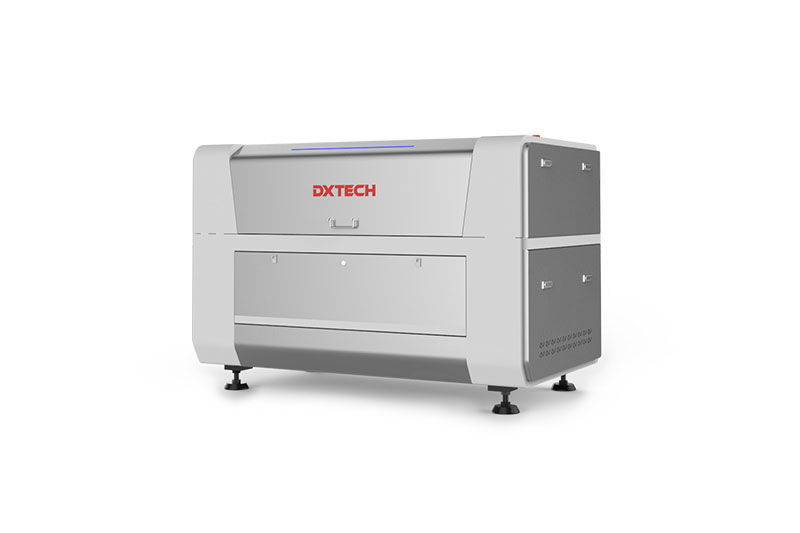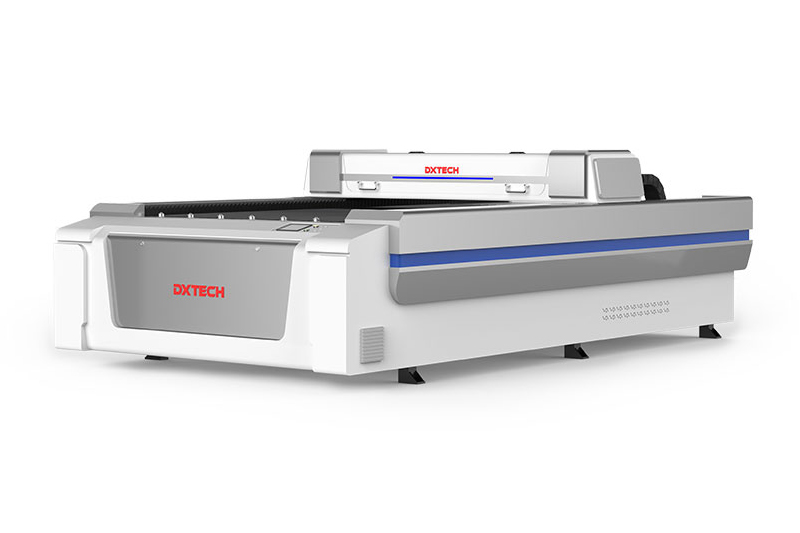When it comes to industrial metal cutting, metal fabricators have many advanced cutting technologies to choose from, such as metal laser cutting, water jet cutting, plasma cutting, etc. Metal laser cutting and water jet cutting are the most efficient and precise processing methods in industrial metal fabrication. Both of them have excellent performance in the processing of metal materials, but there are some differences that need to be noted. Steel is the most common material in a variety of industries. This article will focus on steel laser cutting and water jet cutting to analyze the characteristics and differences of the two processing methods. Also, it will help you to analyze how to choose the right cutting method according to your application needs.
Steel Laser Cutting

Steel laser cutting uses a high-energy and high-density laser beam to melt and vaporize steel and form a narrow cutting seam. The steel laser cutting process is very fast and accurate. And the laser cut steel has a good edge finish and a smooth cutting edge. Steel laser cutting has the best cutting efficiency and cutting quality in the processing of medium-thickness steel plates. And steel laser cutting can handle many kinds of steel, such as stainless steel, carbon steel, silicon steel, etc. In addition, aluminum, brass, iron, galvanized sheet and other common metals can also be cut by laser.
Pros of Steel Laser Cutting
- Wide applications. Steel laser cutting can process many metals and alloys that are commonly used in industrial production. In the processing of medium-thickness metal material, steel laser cutting is the best cutting method.
- High cutting precision. Steel laser cutting has high positioning precision and excellent cutting precision. In occasions that require high processing accuracy, steel laser cutting can easily complete the processing of various metals.
- High cutting efficiency. Steel laser cutting is very fast, and can even reach speeds that the eyes cannot follow. For steel fabricators, steel laser cutting improves the cutting efficiency and saves a lot of labor costs.
- Narrow cutting slit. As the diameter of the laser beam is about 0.1mm, the laser cut steel has a very narrow cutting slit. Therefore, steel laser cutting can easily handle small steel parts or high-precision steel parts with good effect.
- It can engrave on metal surfaces. A steel metal laser cutter can not only cut metal but also engrave the metal surface, which cannot be done by a CNC water jet cutter.
- Laser cut steel leaves a good edge finish in the processing of thin sheets and medium-thickness metal plates.
- It is environmentally friendly. A steel metal laser cutter only produces a small amount of pollutants which are very easy to clean up. The main waste of laser cutting metal is the smoke or dust caused by metal vaporizing. And they can be easily cleaned by ventilation or dust removal devices. Moreover, the worktable of the steel laser cutting machine is easy to clean after use.
Cons of Steel Laser Cutting
- It may cause slight deformation and minor structural changes due to the thermal effect of the laser beam. Laser cutting steel is to melt and vaporize the steel, which leaves a small heat-affected zone and hardens the material. This may have a negative impact on the essential parts used in the aerospace industry.
- It is not suitable to process reflective metals. As the laser is a kind of light source, it reflects on the surface of reflective metals. This may damage the focus lens and laser head.
- It needs some protective measures to avoid the operator being hurt by the laser beam. Steel laser cutting releases a lot of energy and is dangerous. Users need to wear protective equipment to protect themselves. And choosing a steel laser cutting machine with a protective cover adopted is also a safe solution.
Water Jet Cutting

Water jet cutting is to apply high pressure to water and form a strong cutting water stream through a small hole to erode the material, thus finishing the cuts. The water pressure can reach up to 60,000 PSI. And people usually mix the water with some abrasives such as garnet or aluminum oxide for better cutting results. Cutting metal with water is cold and has no thermal effect on the material. It has wide applications in the processing of thick metal materials and non-metallic materials. In the processing of thick metals, steel water jet cutting shows a good edge finish.
Pros of Water Jet Cutting
- There are almost no restrictions on the types of processing materials. A common CNC water jet cutter can process various metals, metal alloys, reflective materials, non-metallic materials and composite materials, such as steel, aluminum, plastic, rubber, granite, foam, ceramics and so on. And sometimes water jet can process 3D workpieces.
- Steel water jet cutting can process thick metals and the processing thickness is almost unlimited. Although there are only a few cases that we need to cut thick metals, other cutting methods cannot do this work.
- Water cutting steel has no thermal effect on the metal surfaces. Since the water is cold, it will not melt the material. Therefore, the molecular structure and physical properties of the material will not be changed.
- With the abrasive added, water cutting steel can produce a good edge finish. Especially for thick metal cutting, water jet shows better and cleaner cutting effects than steel laser cutting and other cutting methods.
Cons of Water Jet Cutting
- The processing efficiency is low. Water jet cutter works at low cutting speed, much lower than the cutting speed of steel laser cutting machine.
- It has larger tolerance than steel laser cutting. The width of the water jet stream is about 0.8-1mm. The thicker the material, the larger the tolerance. What’s more, when cutting thick metal with a water jet, there will be a slight taper from the top to the bottom of the material.
- Due to the high water pressure, it is not suitable to process small metal parts with a water jet cutter.
- If abrasives are added, the surface of the material will be sandblasted. Therefore, the operators need to wear protective glasses to protect their eyes from being hurt.
- Water jet produces a lot of waste mixed with water and abrasives, which requires a lot of time and energy to clean up.
- The noise is loud during the operation of the water jet cutter. Users need to take the necessary measures to protect their ears.
Steel Laser Cutting vs. Water Jet Cutting: What’s the Differences?
In the table below, we summarized the differences between steel laser cutting and water jet cutting in detail so that you can make a clear comparison.
|
Item |
Steel Laser Cutting |
Water Jet Cutting |
|
Principle |
High-density laser beam melts/vaporizes the material |
High-pressure water erodes the material |
|
Functions |
Cut, engrave, groove, mark |
Cut |
|
Processing Dimension |
2D |
2D & 3D |
|
Machine Components |
Laser head, worktable, beam, motor, drive, controller, etc. |
Water spray nozzle, worktable, pump, collection tank, abrasive hopper, controller, motor, etc. |
|
Cutting Thickness Range |
Thin and medium-thickness metals <30mm |
Thick metals < 300mm |
|
Optimum Cutting Thickness |
2-10mm |
10-50mm |
|
Cutting Speed |
5-20m/min and even faster |
Less than 5m/min |
|
Operation Cost |
$13-20/hr. The cost mainly comes from electro-optical conversion. |
$20-40/hr. The cost mainly comes from expensive abrasives and wearing parts. |
|
Tolerance |
0.05mm |
0.1mm-0.2mm or larger for thicker metal plates |
|
Environmental Protection |
A small amount of smoke and dust due to the vaporization of the material, which is easy to clean up. |
A large amount of waste mixed with water and abrasive, needing a lot of time to clean up. |
|
Safety |
The laser radiation is harmful to eyes, users need to wear protective glasses or adopt a protective cover on the machine. |
The operation is open-type, users need to protect eyes from being hurt by abrasives, and also need to protect ears from being hurt by loud noise. |
|
Applicable Metal Materials |
Non-reflective metals |
All metals except for rusty metals |
|
Applicable Processing Sizes |
No limit |
Not suitable to process small metal parts |
|
Edge Finish |
Good edge finish on medium-thickness metals, uneven edge finish on thick metals thicker than 10mm |
Good edge finish on both medium-thickness metals and thick metals |
|
Thermal Effect |
Yes |
No |
|
Rusting Effect |
No |
Yes |
Choose Industrial Laser Cutting or Water Jet Cutting?
Now it’s time to choose the correct cutting method according to your actual processing needs. You can determine whether to choose industrial laser cutting or water jet cutting by answering the following six questions.
What materials do you need to cut?
If you need to deal with various types of materials, including metals (steel, aluminum, brass, etc.), metal alloys, composite materials and non-metals (stone, rubber, plastic, ceramic, etc.), water jet cutting can help you handle all of these complex materials. If you mainly process common industrial metal materials such as stainless steel, carbon steel, aluminum, iron, silicon steel, galvanized sheet, etc., then industrial metal laser cutting and water jet cutting are both feasible.
How thickness do you need to cut?
If the cutting thickness is 2-10mm, cutting metal with laser is the best and most cost-effective solution. If the cutting thickness is greater than 30mm, then cutting metal with water is your only choice. For the cutting thicknesses between 10-30mm, you can determine which solution is better according to your requirement on the processing efficiency, precision and other factors.
Any requirements on the cutting efficiency?
Cutting metal with laser can provide high efficiency of about 20m/min and faster. And metal laser cutting shows excellent cutting efficiency in the processing of 2-10mm metal plates. In addition, a metal laser cutting machine can perform flying cutting on thin metal sheets, which is faster than the eyes can catch. The below video shows how DXTECH fiber laser cutting machine makes fast cuts on 2mm stainless steel.
Any requirements on the tolerance?
In most industrial production applications, tolerance is one of the most important factors that metal fabricators need to pay attention to. If the required tolerance is less than 0.1mm, then cutting metal with laser is the right way to go. Otherwise, if the accuracy standard is not very high, then industrial metal laser cutting and water jet cutting are both ideal choices.
Any requirements on the flatness, edge finish and thermal effect?
Some thin metal sheets have minor deformation after cutting by laser, while water jet doesn’t. If you have strict requirements on the flatness of the material, you can choose water jet cutting. Otherwise, both industrial laser cutting and water jet are good solutions.
In addition, if you mainly process 2-10mm metals, you can get a good edge finish by metal laser cutting and water jet cutting. For thicknesses greater than 10mm, water jet produces a better edge finish than laser.
Regarding the thermal effect, you don’t need to worry about it on most industrial metal processing occasions. However, if you need to process the essential parts used in the aerospace industry, you need to choose a water jet to finish your work.
Any requirements on the noise and waste?
If your processing environment needs to be very clean and requires low noise, then you need to choose metal laser cutting for your project. Metal laser cutting has low noise, produces very little waste, and is easy to clean up. In addition, the configuration of a dust removal device on the metal laser cutting machine can also achieve a good environmental protection effect.
Summary
Industrial laser cutting and water jet cutting are not foes. Both of them have advantages and drawbacks. Since the thickness of the most common metal materials is less than 10mm, industrial laser cutting has more capacity to adapt to various processing occasions. Industrial laser cutting performs high cutting speed and excellent cutting accuracy. Only in a few cases, water jet cutting overshadows laser cutting. Some large-scale metal fabricators use both laser cutting machine and water jet cutting machine to meet their complex processing needs. If you’re looking for the right way to support your industrial metal processing project, it is recommended to analyze according to the material type, cutting thickness, cutting efficiency, tolerance, edge quality, operation cost, environmental protection requirements and so on.
In addition, please note that the cutting parameters mentioned in this article (such as optimal cutting thickness, cutting speed, tolerance, etc.) are based on general conditions. The specific cutting effect is affected by the actual performance of the machines. Therefore, please choose reliable machines with high-quality kits and set proper parameters so that you can achieve the expected cutting effect.

